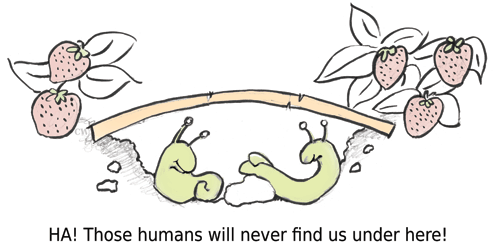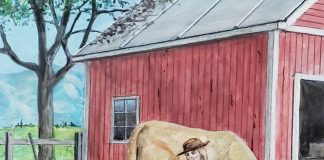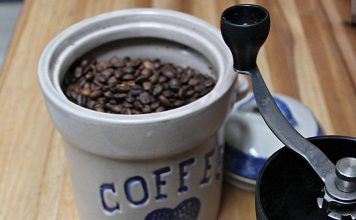| Issue #135 • May/June, 2012 |
Years ago when traveling on business, I looked out of the window of my motel one morning in Newport, Oregon, and noticed a little Chinese lady flipping over the cedar boards lying in her garden and scraping something from the bottom of them into a 5-gallon bucket. My curiosity got the best of me and I made my way down to her small fenced garden and introduced myself to this pleasant lady. She explained to me what she was doing, and I have adopted the same gardening method she used in Newport for my small vegetable garden at home.
We love our little mini-garden full of organic salad fixings: tomatoes, cucumbers, zucchini, chives, squash, carrots, radishes, and strawberries. Our garden is tucked between a wooden fence to the east and our home on the north and west. The fence and outside walls of our home are warmed by the sun as it comes over the mountains to the east; by midday the sun is strong. We use a spring which has been pumping water in a 5/8-inch stream since the 1950s when it was released from its underground source. It was once the only water supply for the cabin in the gulch. In the old days there was a pile of posts at the road’s edge and the proprietor of the business sold fenceposts to passersby, so we still call our property Post Pile Gulch.
Using the Chinese lady’s method, I have placed Red Cedar fence boards between my strawberry rows and along the vine vegetables. These boards are the secret to combatting slugs and snails that plague vegetable garden success. The cedar fence boards, laid down flat, offer a sanctuary for the slugs, snails, and other creepy crawlies to hide under when the sun comes out. Little do they know that with the dawn comes the gardener to flip the boards over and either scrape off the underlying critters into a garden bucket or squash them with a well-placed squashing stick.

Not only are these boards great for organic slug-killing, they also are handy for laying your watering hose on for periods of time, keeping the water off the strawberry, tomato, and vine plants. The water runs down the boards and floods the root areas.
Also, when walking into the garden to pick and weed, the boards provide a walking path that is easily seen and keeps your bare feet from getting the mud between your toes. The boards also stop the sun from getting to that part of the ground, and therefore there are no weeds to pull in that area.
One last tip: When you lay the boards down after a few days, watch the edge curl. You want to keep the boards with the curl up so the water will run down them nicely just trickling a little over here and there to the plant roots.















Why cedar, necessarily? Couldn’t we use a cheaper board with the same result?
My great grandmother did something similar… she rolled newsprint up.. she then placed the rolled paper about the garden.. in the morning, she shook the hiding critters into a pail of soapy water